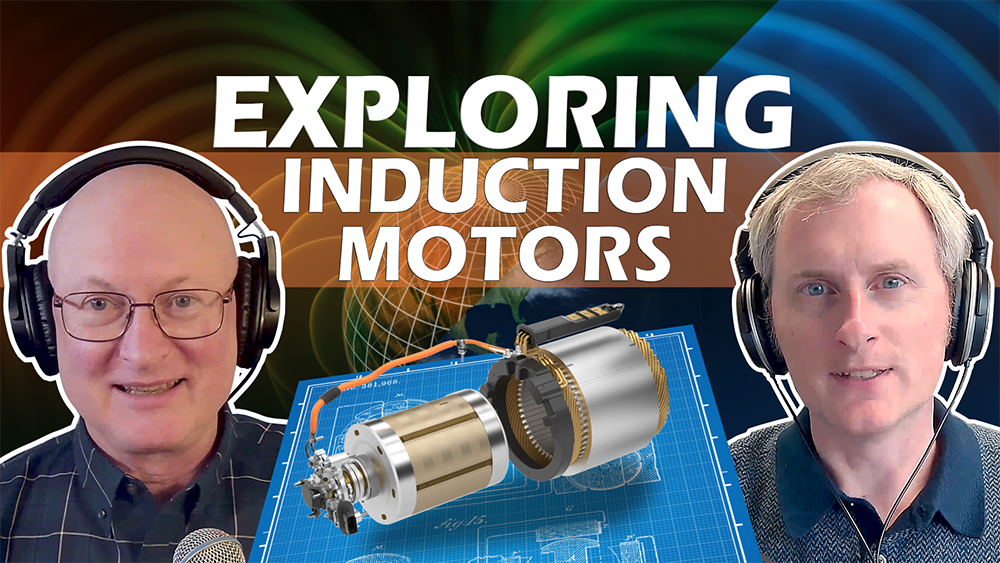An exploration of the basics of induction motors, the universal devices that power countless machines and systems across various industries is the focus of David Robison and co-host Mark Robison, P.E. in this Electrical Building Design Show. Read on to find out exactly why an induction motor is so fundamental to the electrical and mechanical fields.
What is an Induction Motor?
An induction motor works on the principle of electromagnetic induction, a concept pioneered by Nikola Tesla. Unlike the brushes and commutators method used in direct current, induction motors rely on the stimulation of current in the rotor through the rotating magnetic field generated by the stator coil.
Highlights explored in the video include:
- Motor Speeds: The speed of an induction motor is determined by the number of poles in the motor’s construction. A two-pole motor operates at the highest theoretical speed, and additional poles result in slower speeds.
- Slip Speed: The event where the rotor lags slightly behind the rotating magnetic field for induction to occur, and as a result, works at speeds slightly below their synchronous speed.
- Practical Considerations: While incredibly versatile and reliable, it is important to keep in mind things like the minimum operating speed to maintain torque and magnetic attraction in induction motors.
- And more…
The Bottom Line:
Induction motors are the backbone of the modern electrical and mechanical landscape. Understanding their principles of operation, speed characteristics, and practical considerations is necessary for engineers and enthusiasts alike.
In the video below, David and Mark offer more details on the purpose and use of induction motors. Look for more insights and practical tips in future discussions regarding the topic of induction motors.
Join Our Free Webinar
April 16, 2025 • 1:00 ET / 10:00 PT
“Create Single-Line Diagrams in Revit Without Late Nights or Change Orders”

